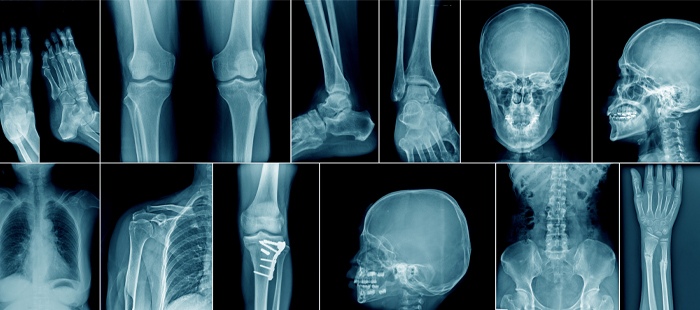Since their inception, X-rays have revolutionized the field of medicine, enabling doctors to visualize and diagnose a range of unseen conditions. In this blog post, we delve into the captivating history of X-rays, from their accidental discovery to their widespread use in modern healthcare.
Discovery and Early Application
In 1895, German physicist Wilhelm Conrad Roentgen made an unexpected breakthrough while experimenting with cathode rays. He noticed that a screen in his lab started to glow when exposed to a form of radiation emitted from a cathode ray tube. Roentgen named this phenomenon “X-rays” due to their mysterious nature.
Roentgen’s discovery caused a sensation worldwide. Medical professionals quickly recognized the potential of X-rays for imaging and diagnosis. Within months, X-ray machines were being used to capture images of bones and foreign objects inside the human body. By 1896, the first dental X-ray was taken, which revolutionized dentistry.
The outbreak of World War I presented a new opportunity for X-ray technology. Portable X-ray machines, known as “little Roentgen rays,” were used on the front lines to locate bullet fragments and identify bone fractures. This led to advancements in imaging techniques and the refinement of equipment.
Health Concerns and Safety Measures
In the early years, the harmful effects of X-ray radiation were not fully understood. Many medical professionals and technicians who worked with X-rays suffered from radiation-related illnesses. It wasn’t until the 1920s that the potential dangers of X-rays became apparent. Subsequently, safety measures such as lead aprons and collimators were introduced to protect healthcare workers and patients. According to the Mayo Clinic, radiation exposure from X-rays is low, and the benefits far outweigh the risks.
Modern Developments
Over the years, technological advancements have greatly improved X-ray imaging. Today, digital radiography has replaced traditional film-based methods, offering quicker results and lower radiation exposure. Computed Tomography (CT) scans, a three-dimensional x-ray imaging technique, provide detailed cross-sectional images of the body. Additionally, fluoroscopy, which uses continuous X-rays to capture real-time images, aids in various medical procedures.
The discovery of X-rays by Wilhelm Conrad Roentgen marked a pivotal moment in medical history. From accidental breakthroughs to essential diagnostic tools, X-rays have transformed the way we understand and diagnose diseases. With ongoing advancements, the future of X-ray technology holds even more promise for the field of medicine.
Expert MRI® is California’s leading diagnostic specialty provider in X-ray scans. To schedule a consultation or an X-ray appointment, check our locations here.












